Articles containing: anxiety
Coping With Disaster Fatigue: A Guide for Families
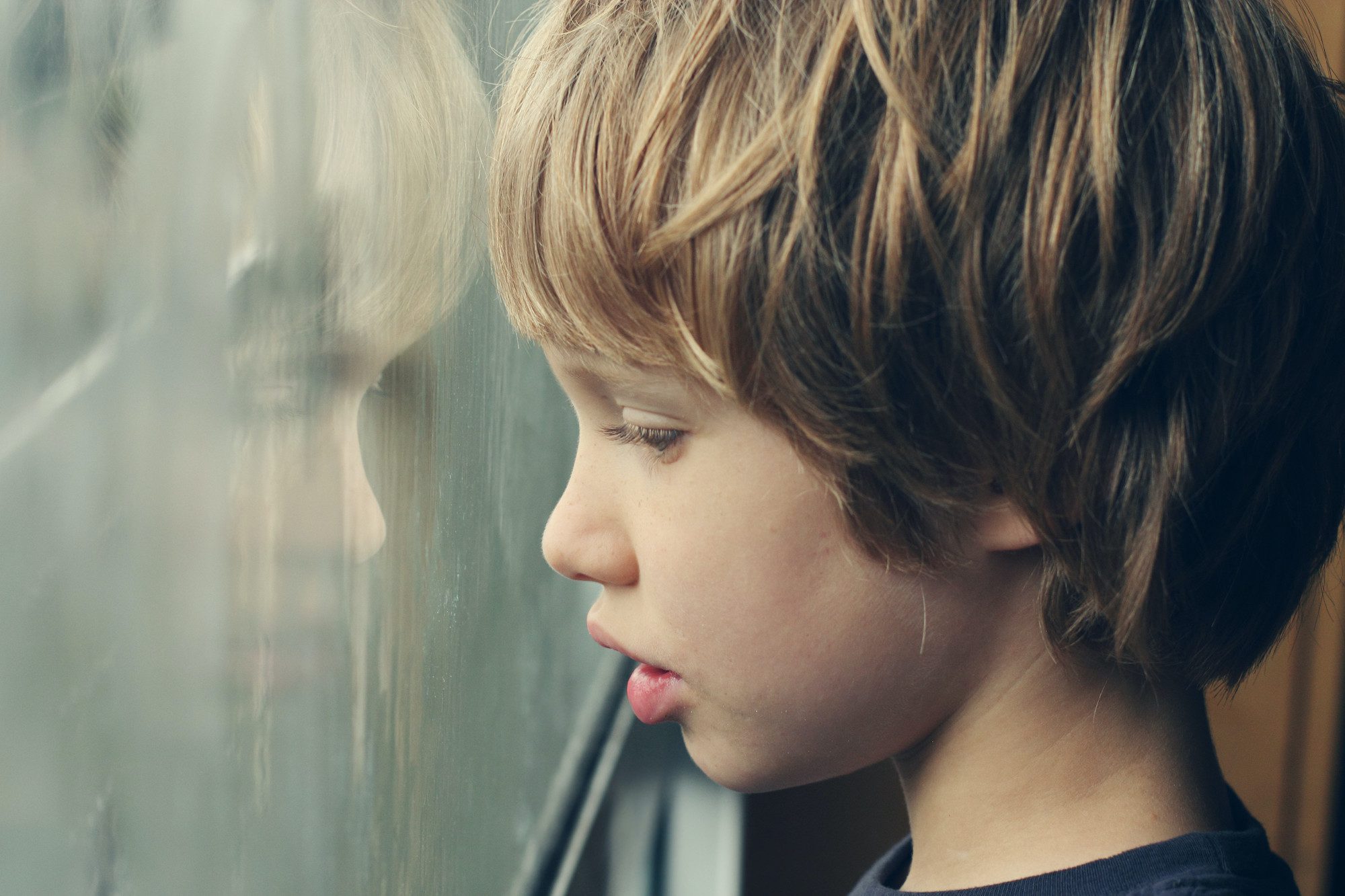
Mother nature has not been easy on us, lately.
We have shouldered one weather-related crisis after another. The United States has had a record number of wildfires, tropical storms, derechos, and tornados. And these disasters do not include other serious weather-related concerns, like record-breaking heat, droughts, floods, or mud slides.
Second Generation Antipsychotic Medications: An Overview

As child psychiatrists, we prescribe medications. As medicines go, perhaps none are more controversial than the use of second generation antipsychotics. For at least the last 15 years, concerns about these particular medications have characterized a good part of any discourse I’ve had with parents in the office or on the lecture circuit.
My Child Was Diagnosed With Anxiety or Depression. How Should I Talk to Her About It?

“Should I use the word anxious or depressed?”
“Should I talk about it at all with my daughter?”
“What should I say to my teenage son?”
“How can I even bring it up?”
These are just a few of the questions parents ask when their child is given a diagnosis of anxiety or depression.
How to Understand Your Child’s “Anxiety Monster”
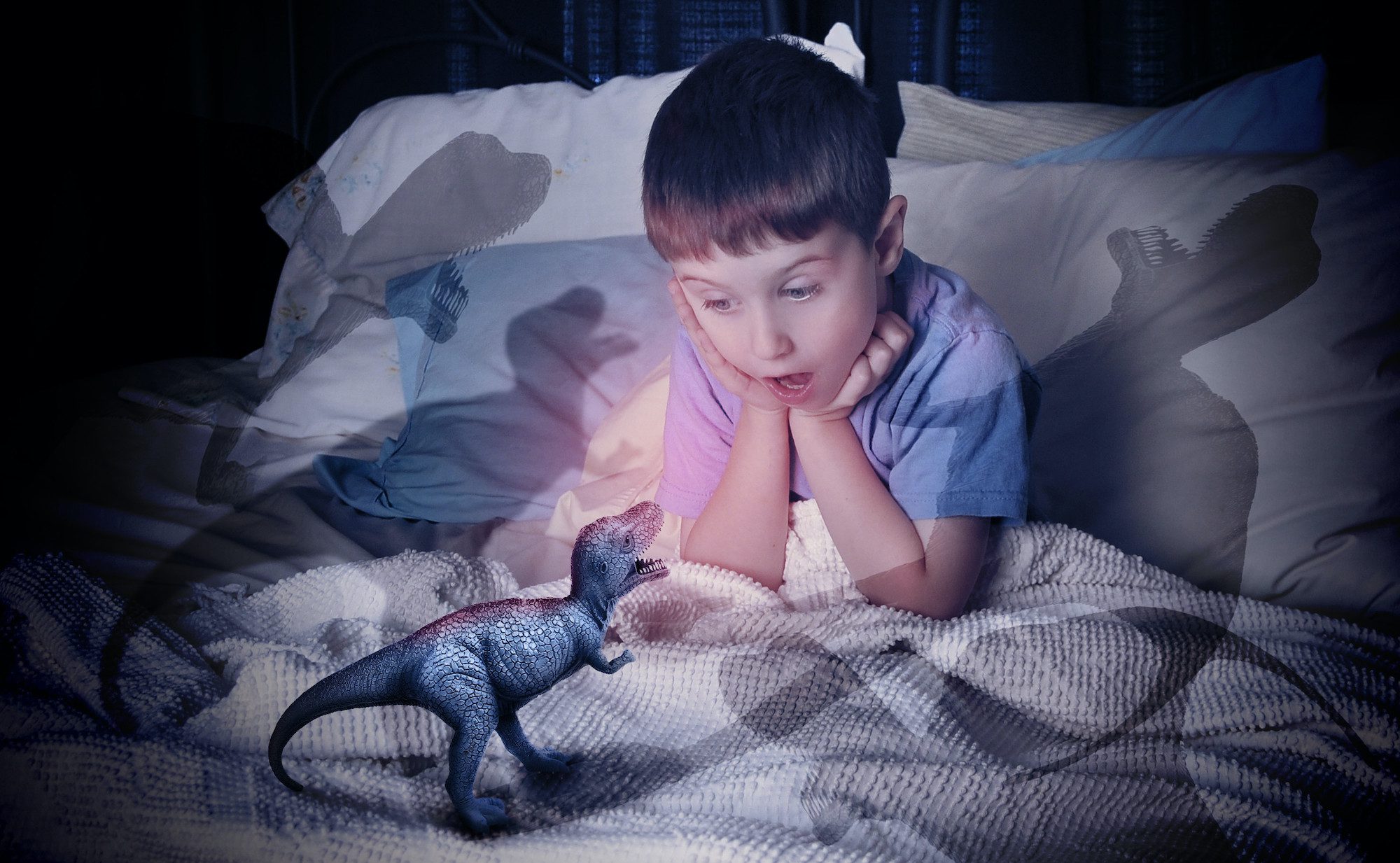
As a child psychiatrist who’s seen patients in many different settings, including doing psychotherapy and managing medications, I’ve found that talking about anxiety with kids and adults alike is hard to do in a way that helps them understand what anxiety is, while preparing and motivating them for what can be a difficult treatment journey.
Cómo Ayudar a Los Niños a Lidiar con La Ansiedad Situacional

La ansiedad es la forma en que los humanos hemos evolucionado para protegernos.
En situaciones amenazadoras, nuestros cerebros desencadenan una serie de respuestas que resultan en una elevación del ritmo cardíaco, sudoración, temblores, hiperventilación y miedo intenso, todo con el propósito de prepararnos para el peligro.
Climate Anxiety and Kids, featuring Elizabeth Pinsky, MD – Shrinking It Down

Many kids are becoming more worried about climate change. Frightening predictions about the future and political inaction can make them feel that the crisis is out of their control. How can parents help their kids cope with anxiety around climate change?
On today’s episode of Shrinking It Down, Dr.
Bipolar Disorder and The Arts: Mark Vonnegut’s Story

Despite our growing awareness of mental health conditions, the relationship between creativity and mental illness is often misunderstood. In this short film, Dr.
When Young People Lose a Hero to a Tragic Death

Most of us, young and old, were stunned by the tragic death of Kobe Bryant along with his daughter. Whether you are a Laker’s fan or not, Kobe represented something more, including for young people.
Tom Brady said it this way in a Twitter statement:
“And in this tragedy, I have learned so much.
How to Help Kids Cope With Situational Anxiety
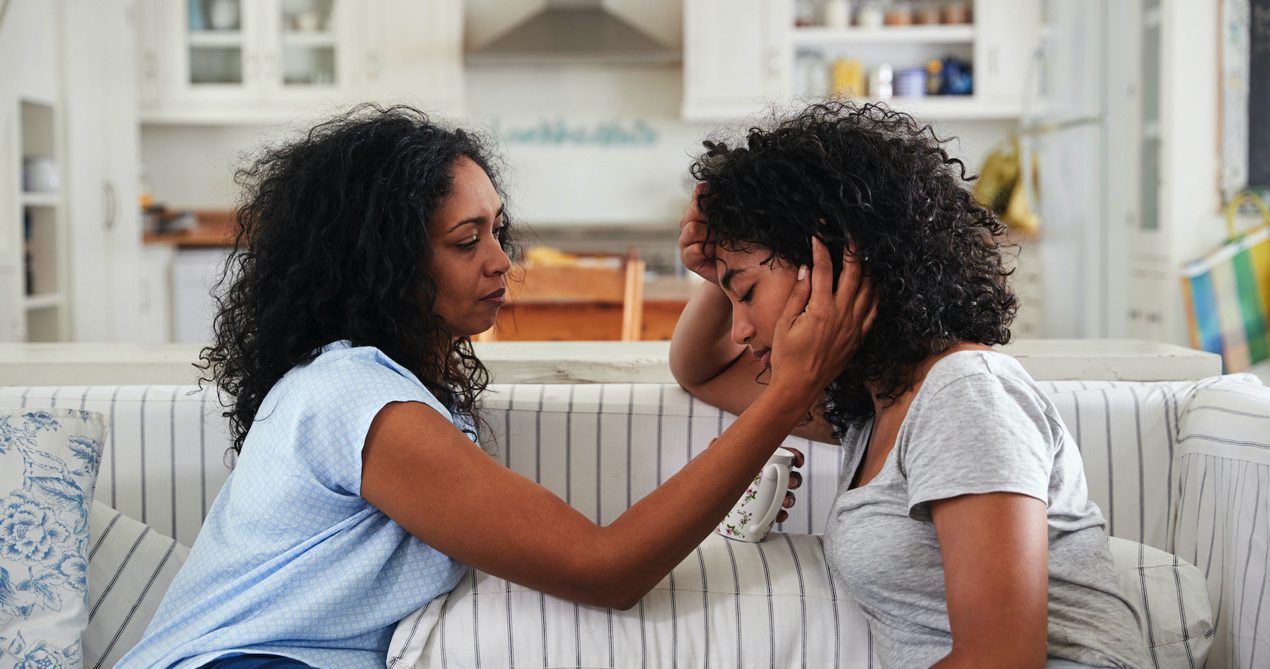
Este artículo está disponible en español.
Anxiety is a way we humans have evolved to protect ourselves.
7 Ways to Support Kids and Teens Through the Coronavirus Pandemic
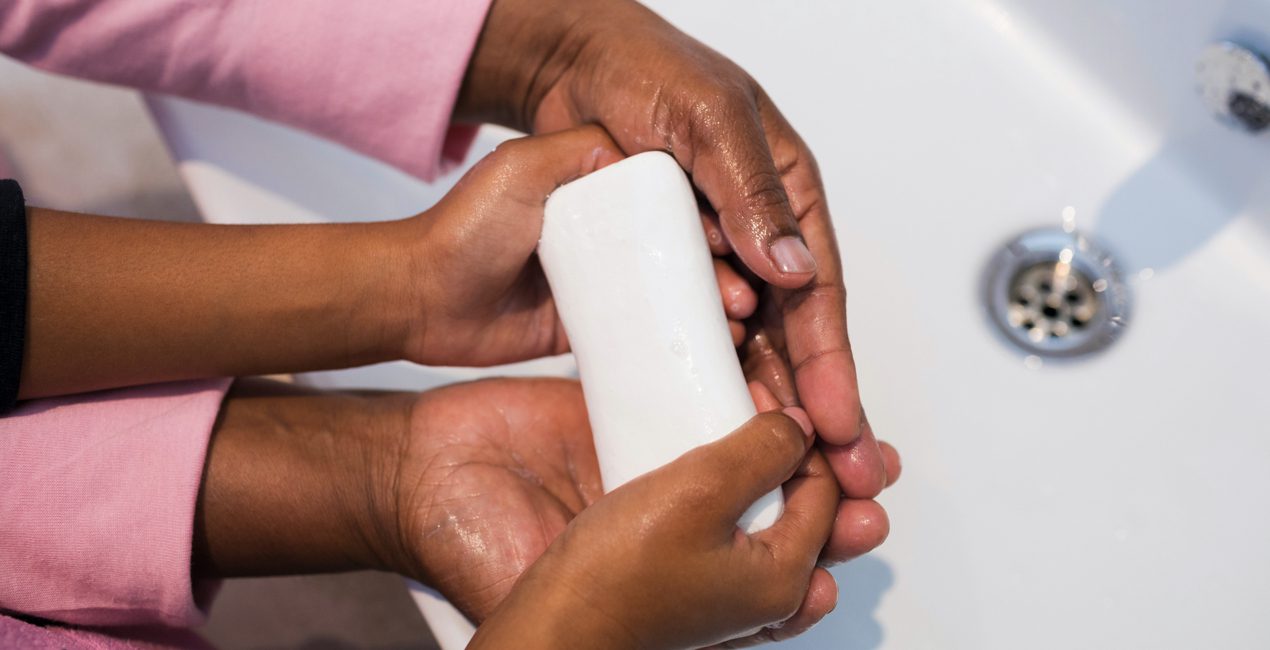
You can also read this article in Spanish or Chinese. Gratitude to the MGH Chelsea Healthcare Center and the MGH International Marketing Team for making this possible.
The outbreak of the COVID-19 has created anxiety and uncertainty for all of us, including children and teens.
Newsletter
Subscribe Today
Your monthly dose of the latest mental health tips and advice from the expert team at The Clay Center.
SubscribeMultimedia
Quick Jumps
Tag Cloud
-
addiction
ADHD
adolescents
anorexia
anxiety
autism
behavior
CBT
child development
children
college
communication
covid-19
depression
digital media
dyslexia
eating disorder
evaluation
family
fear
healthy development
learning
learning disabilities
learning disability
mental health
mental illness
parenting
parents
Podcast
PTSD
relationships
resilience
school
shrinking it down
social media
stigma
stress
suicide
technology
teenagers
teens
therapy
trauma
treatment
violence



